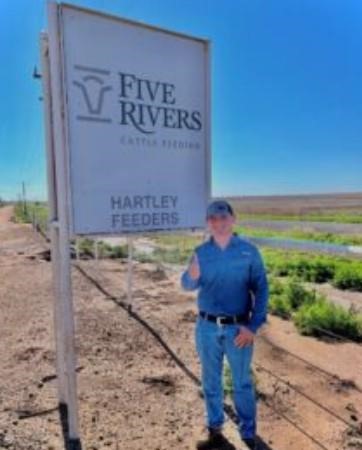Food scientist and grain processing engineer Mahfuzur Rahman uses soundwaves and other technologies to improve plant-based meat and dairy substitutes.

Rahman joined the Arkansas Agricultural Experiment Station, the research arm of the U of A System Division of Agriculture, as an assistant professor in the Food Science Department in February. In this role, he will continue his research on improving the nutritional value of processed foods and the functional properties of plant-based proteins that mimic meat and dairy products.
He will also help develop and teach new courses for the Dale Bumpers College of Agricultural, Food and Life Sciences on protein processing and novel food processing technologies.
"Dr. Rahman will play a key role in establishing an alternative protein research program in the department in collaboration with a flavor chemist, a protein chemist and a sensory scientist," said Jeyam Subbiah, professor and head of the Food Science Department. "Mahfuzur brings both academic expertise and industrial experience in protein extraction and processing. With the alternate protein market growing, his courses should generate interest among students."
As a new contributor to the Arkansas Rice Processing Program, Rahman will also apply his expertise to extracting proteins and carbohydrates from one of the state's top agricultural products. Subbiah said Rahman will generate innovation and knowledge to produce value-added ingredients from rice.
Since heat degrades the functional properties of plant-based proteins - solubility, gelling capacity, emulsion and foaming capacity - Rahman's past work has focused on using other protein extraction technologies. One tool in Rahman's nonthermal toolbox is high-frequency sound waves, also known as high-power sonication. The sound waves break apart the cell membrane to release proteins into a solution that can be enriched.
Atmospheric cold plasma is another emerging nonthermal technology that Rahman has used in his food science processing research. This type of plasma is less than 104 degrees Fahrenheit and uses air to make plasma at atmospheric pressure. Plasma is an ionized gas and is one of the four natural states of matter following solid, liquid and gas. A nonthermal plasma is created in a fluorescent lamp, for example. Atmospheric cold plasma can also be used to improve food safety and plant growth, Rahman said.
A recently published study by Rahman compared ultrasonication and atmospheric cold plasma technologies on improving functional properties of protein from mung beans, which are commonly used as bean sprouts in salads. In his study, he found that both treatments improve gelling properties, which he said is important for meat substitute processing and making any plant-based desserts like yogurt and ice cream.
"Plant-based protein is healthier and more sustainable than animal-based protein, but because not all plant-based proteins are a 'complete' protein, one of my research areas is to find ways to make more plant-based protein complete by blending and utilize that in a plant-based product," Rahman said.
A "complete protein" is one with the nine amino acids not produced by the human body that are required for a healthy diet. Animal proteins are "complete," including meat, poultry, fish, eggs and dairy. There are also a few plant-based sources of complete protein, including quinoa, buckwheat, hempseed, blue-green algae and soybeans.
Rahman's research to earn his doctorate at Iowa State University in 2021 focused on nonthermal processing technologies to improve the functional and nutritional qualities of soybeans. He earned his master's in cereal science at North Dakota State University and his bachelor's in food engineering and tea technology at Shahjalal University of Science and Technology in Bangladesh.
His research priorities include finding ways to not have those long, hard-to-pronounce chemicals on food labels. One of Rahman's studies, for example, showed that hard red spring wheat flour may be used as a replacement for commercial dough improvers. There is a growing interest, he said, in using natural ingredients to replace chemical dough improvers in bread to meet consumer demands for "clean label" products.
"Chemical emulsifiers don't sound like food," Rahman said. "When people see the name on the food, they get scared and wonder why they we eating those chemicals. We can easily replace these emulsifiers with protein because it is a very good emulsifier."
Rahman recently worked as a senior scientist in research and development for the Kraft Heinz Company in Glenview, Illinois, where he focused on improving the taste and aroma of plant-based proteins in making a cheese substitute. He has also collaborated on research projects with other land-grant university programs and the U.S. Department of Agriculture.
Source : uark.edu